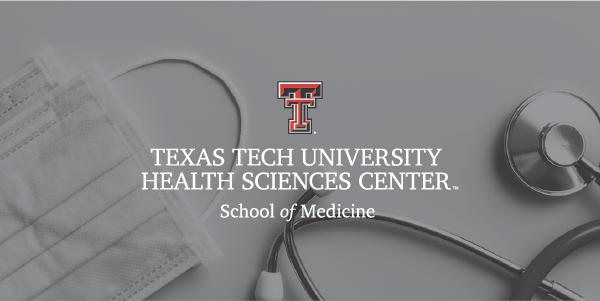Animals, People, Disease & Health: The Future of Veterinary Medicine

The future of veterinary medicine is unlimited! But, any predictions must carefully
consider the profession’s past performance, adaptability and resilience. The profession
of veterinary medicine was born from the needs of people and the importance of animals
to human society has been recognized since the Middle Ages. In fact, many have hypothesized
that veterinary medicine may have preceded human medicine because food was a primitive
requirement for human existence and early veterinary medicine supported healthy animals
that created a food source, provided a power source to support agriculture or served
as a means of transportation. While human medicine preserves a human life, veterinary
medicine sustains the life of humanity.
Veterinarians remain the guardians of animal health and welfare, and the role of the
veterinary profession has expanded beyond its origins in keeping food producing animals
healthy for human consumption and assuring horses could perform as beasts of burden.
Veterinarians still support the needs of people, but in many ways. Perhaps the most
well-known role of veterinarians is as primary care givers for pets and companion
animals. More than 71 million households in the United States have a pet. And, the
ability to provide preventative healthcare and advanced care for pets has grown exponentially
over time.
Specialization in veterinary medicine has expanded to include most specialties available
in human medicine. In veterinary medicine these range from A, anesthesiology, to Z,
zoo medicine. Veterinary specialists now provide total hip replacement, endoscopy,
dialysis, kidney transplants, and minimally invasive cardiac procedures. How does
this benefit people? Research has shown that people who have a pet have improved heart
health, stay home sick less often, make fewer visits to the doctor, get more exercise
and are less depressed. Keeping companion animals healthy keeps people healthier.
Veterinarians play a role in human health in other ways as well. It is estimated that
at least 75% of emerging and re-emerging diseases are either zoonotic or vector-borne.
Zoonotic diseases, those spread between humans and animals, such as West Nile, avian
flu, and rabies, catastrophically impact animals and people. Veterinarians play a
crucial role in identifying these diseases and controlling their spread. For instance,
the veterinarian’s role in rabies, which is almost uniformly fatal, is to vaccinate
companion animals against rabies therefore decreasing exposure of people to the rabies
virus.
Veterinarians also play a crucial role in research that improves the lives of both
animals and people. Dogs and other species are important models for human disease.
As innovative diagnostic tests such as the Mars Wisdom Panel, a DNA test for dogs,
and other at-home diagnostic and information platforms become increasingly utilized
veterinarians will be at the leading edge of understanding the best indications and
beneficial applications for these novel technologies. Because dogs’ lives unfold over
far fewer years than the lives of humans, investigation of diseases of dogs utilizing
emerging technologies such as genetic sequencing, epigenetics and microbiome studies
can realize benefits far more quickly than could be accomplished solely by research
on human health. This means that not only does veterinary research with animals benefit
animals, but findings can be extrapolated to similar human health problems and solutions.
Along the way, technologies can be refined and improved so that they are even more
effective when used with human studies. One such study, a collaborative NIA-funded
study between the University of Washington and Texas A&M College of Veterinary Medicine
& Biomedical Sciences, is the Dog Aging Project. The Dog Aging Project is a large-scale
longitudinal study of aging in pet dogs, in which individual pet dogs will be followed
throughout life to understand the biological and environmental factors that determine
why some dogs die early or succumb to diseases such as cancer, kidney failure, and
dementia, while others live to a relatively old age free from these problems. Similar
longitudinal studies of aging in humans have yielded a wealth of important data but
require decades to perform. What takes decades in people will take just years in dogs.
By using cutting-edge technologies, in less than a decade the Dog Aging Project could
identify the critical factors that may help pets stay healthy longer, with the bonus
that they will be able to compare these outcomes to those from the human studies.
The future of veterinary medicine is indeed unlimited! It is a profession that has
seen its role expand over time and will continue to adapt and thrive in an ever-changing
world. The relevance of veterinary medicine and its role in animal health and human
health will continue to grow as new innovations in medicine occur. Maybe your interests
coincide with those illustrated above. If so, check out the possibilities available
in veterinary medicine. You may be glad you did!

About the author: The Texas Health Education Service amplifies TMDSAS and JAMP’s missions to serve students, collegiate advisors, and professional schools in Texas by providing students with accurate educational resources to enhance their preparation for a career in the health professions, and supporting efforts by advisors and professional schools to reach students and enrich the applicant pool.





